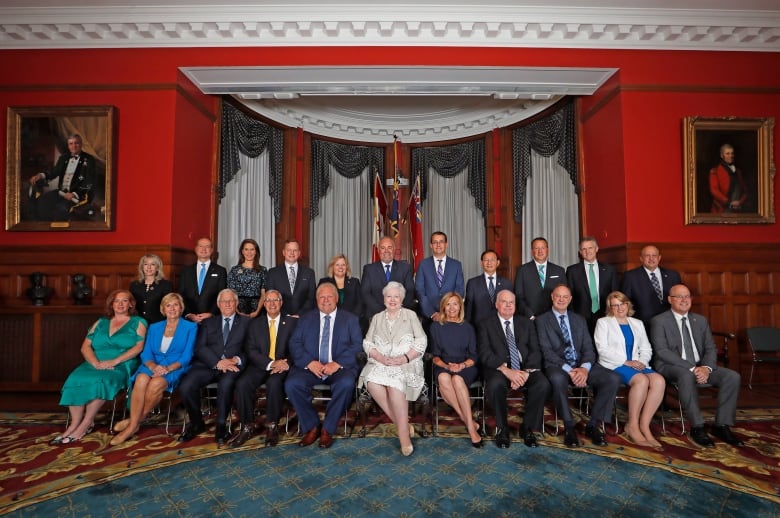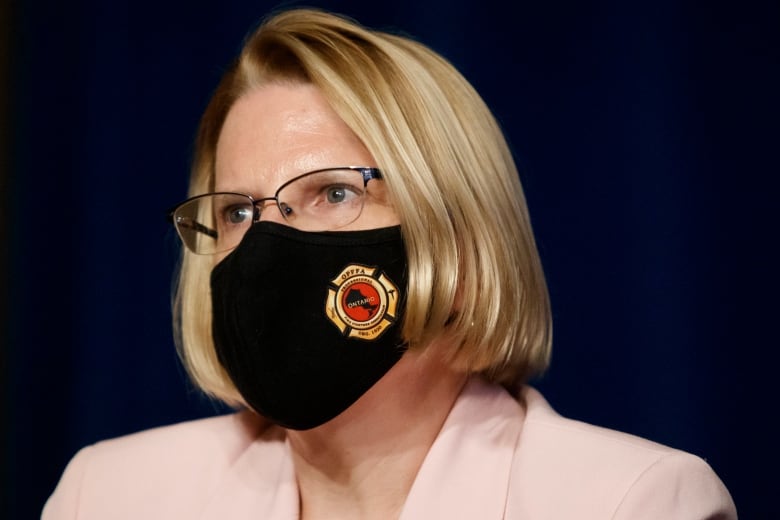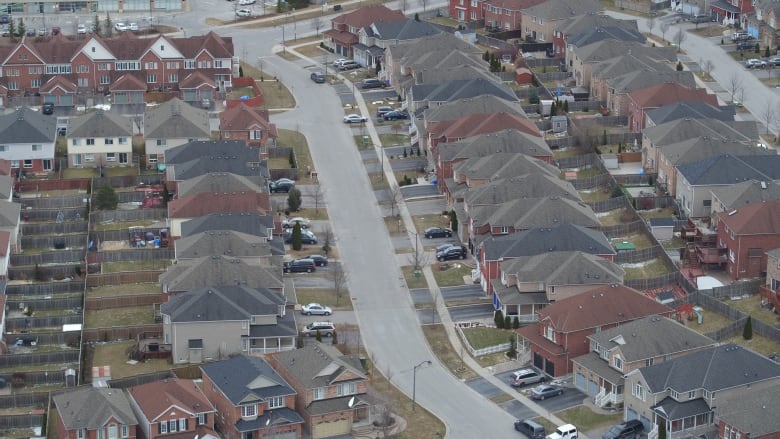Ontario Premier Doug Ford will unveil his new cabinet Friday morning in what is forecast to be glorious sunshine outside Queen’s Park.
But after that, a stormy political and economic climate looms for Ford’s second-term government.
Ontario faces the highest rate of inflation in nearly 40 years, an economic reality that will have a strong influence on everything from the amount of tax revenue the government generates to the amount of pressure public sector unions exert for further increases. salaries.
The new cabinet is also facing a housing affordability crisis that has spread to every corner of the province, a health care system overwhelmed and weakened by more than two years of dealing with the COVID-19 pandemic, and a long list of promises to keep.
Ford and his newly appointed ministers are scheduled to be sworn in at 11:15 a.m. in an outdoor ceremony in front of the legislature.
As CBC News previously reported, observers expect the new cabinet to be larger and more diverse than Ford’s first in 2018.

Here’s a look at the five biggest issues facing Ford and his ministers:
1. Inflation
The rapidly rising cost of living is a far-reaching economic problem that no provincial government can be expected to solve, yet it is one that has a profound effect on much of what the Ontario government does.
Progressive Conservatives’ moves to make life more affordable so far have focused primarily on making driving more affordable: eliminating Ontario’s $120 vehicle registration fee, ending tolls on provincially owned highways, and promise to reduce the gas tax by 5.7 cents per liter for six months. , starting July 1.
Inflation will help government coffers in many ways: When consumer goods cost more, sales tax revenues rise. Inflation doesn’t appear to be affecting corporate earnings so far, so the province can also expect its corporate tax revenue to rise accordingly.
Of course, inflation also makes it more expensive for the government to buy things and build things, so expect to see prices for large government construction projects exceed their budgets.

But the biggest inflationary concern for the government will be what it does with public sector wages. Salaries represent about half of the province’s annual operating budget.
2. Public sector contract negotiations
Whether it’s teachers, nurses, hydroelectric plant workers, police officers, highway maintenance crews, or Ontario Service personnel, they all see inflation eating into their take-home pay. That will surely lead public sector unions to ask for higher wages each time their next round of bargaining begins, on the grounds that any annual wage increase below the rate of inflation is equivalent to a pay cut.
An annual inflation rate of 7.7 percent sets a dramatically higher standard for wage increases than the public sector has seen for decades.
Add in the fact that the Ford government capped annual public sector wage increases at 1 percent through its House Bill 124 at a time when private sector wage increases were higher, and you have significant pent-up demand. salary improvements.
It all sets the stage for some tough negotiations, starting with education workers. Don’t forget that Ontario was seeing schools closed across the province for teacher strikes just weeks before schools closed as a result of COVID-19.

One of the stumbling blocks in those 2020 negotiations: The government was offering teachers pay raises of 1 percent, and the unions wanted raises in step with inflation. At that time, inflation hovered around two percent.
It will be particularly interesting to see how contract talks with healthcare workers are handled, given all the praise Ford lavished on them during the pandemic. It is understandable that they want the government to put its money where its mouth is.
3. Health system
Ford’s new health minister will step into the shoes of Christine Elliott following her decision to leave politics.
Elliott’s successor will inherit responsibility for a $68 billion system that is struggling to cope with staffing shortages, record emergency room wait times and a huge backlog of surgeries, even though there are currently a pause in COVID-19 cases in the province’s hospitals.
The health minister will need to immediately deal with human resource shortages in healthcare and ensure the system is prepared for any new variants of COVID-19 that may emerge in the fall. The new minister will also want to further advance health system reforms that the government initiated before the pandemic, designed to tackle the root causes of the corridor medicine problem.
Sources close to the government previously told CBC News that former Attorney General Sylvia Jones is the leading candidate for health minister, with Prabmeet Sarkaria, the former Treasury Board chief, also under consideration.

The latest iteration of Ford’s cabinet included an associate minister focused on mental health. Watch to see if that post stays in place as a sign that the issue remains a government priority.
4. Housing affordability
The high cost of buying a home has eased slightly in recent months, since the Bank of Canada raised interest rates in a bid to rein in inflation.
Still, the median sale price of a home in Ontario in May was 8.7 percent higher than it was in May 2021. according to the Canadian Real Estate Association.
The government promises to clear the way for 1.5 million new homes to be built in Ontario over the next decade, a goal set by the province’s housing affordability task force. But the administration didn’t exactly buy into much of the rest of the task force’s recommendations, like its call for higher density in single-family neighborhoods.

The housing action plan the Ford administration unveiled this spring focuses largely on accelerating municipal approvals for development projects, and industry watchers wonder if that will go far enough to boost housing supply. homes to a level that begins to slow down. in prices
Housing is a candidate to have its own associate minister in Friday’s new cabinet, a move that would recognize the importance of the issue and offer an extra hand to the housing and municipal affairs minister.
5. Keep promises
Ford won re-election with the simple slogan of “Do it” and the mantra of being the party that says “Yes.” The long list of things Ford said “Yes” to provides a useful scorecard to score the government against in the coming months and years.
Some of the promises to keep in mind:
Reference-www.cbc.ca